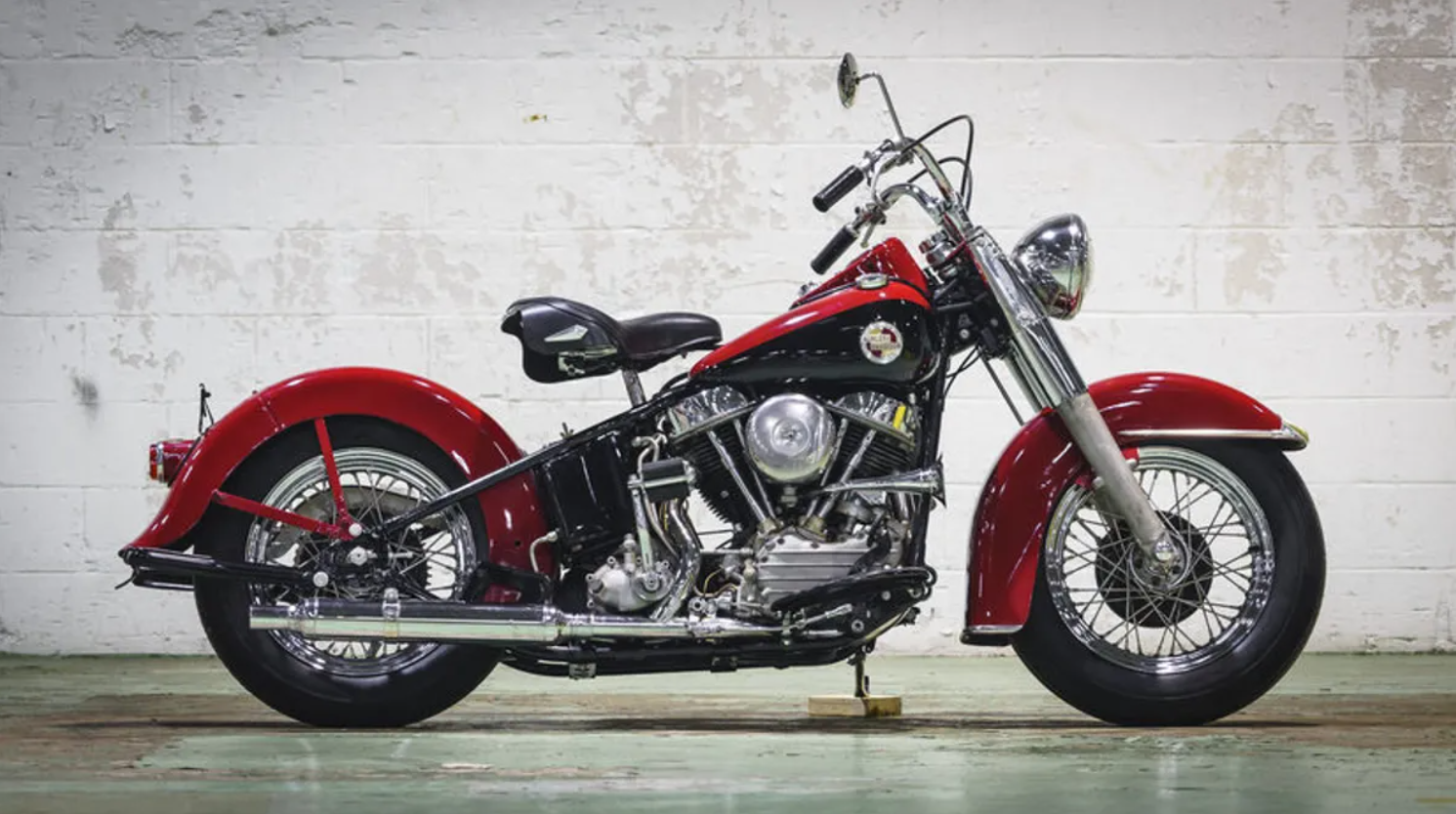Let’s be real—when you think “classic Harley,” the Panhead FL probably pops into your head whether you realize it or not. It’s the bike that redefined what it meant to ride American steel. Introduced in 1948, the Panhead FL wasn’t just another model—it was a mechanical statement of rebellion, style, and performance. Whether you’re a hardcore Harley enthusiast or just dipping your boots into vintage bike culture, the Panhead FL is a legend you can’t ignore.
What Exactly Is the Panhead FL?
If you’ve ever heard a Harley growl and thought, “That’s music,” there’s a good chance it was a Panhead FL. The name “Panhead” comes from the shape of its rocker covers—two aluminum lids that look like upside-down pans. But this isn’t just about aesthetics. Harley-Davidson introduced the Panhead engine in 1948 to replace the Knucklehead, and it came with big upgrades: aluminum heads, better oil circulation, and hydraulic valve lifters. In simple terms, it ran cooler, lasted longer, and required less maintenance.
The “FL” part refers to the big twin frame and larger displacement motor—think of it as the heavy-duty version, built for touring and long-haul cruising. It was the beast behind models like the Hydra-Glide and Duo-Glide, the bikes that made cross-country rides not just doable, but desirable.
Why Riders Fell in Love with the Panhead FL
So what made the Panhead FL a cultural icon? It wasn’t just the look (though those chrome covers were undeniably cool). It was the whole vibe. This was the bike of outlaws, dreamers, and the “don’t-tell-me-how-to-live” crowd. It offered comfort with style, muscle with elegance. Riding a Panhead FL felt like flying low and loud across open highways, a full-body experience with wind, noise, and freedom wrapped into one.
It wasn’t perfect, though. The Panhead was notorious for leaking oil and needing regular tuning. But you know what? That added to its charm. It was a bike that made you work for it—and in return, it gave you street cred and soul.
Panhead FL vs. Other Harley Engines
Want to see how the Panhead stacks up against other iconic Harley engines? Here’s a quick comparison:
| Engine Type | Years Active | Key Features | Legacy Level |
|---|---|---|---|
| Knucklehead | 1936–1947 | Iconic “knuckle” rocker boxes, early overhead valve design | Vintage Cool |
| Panhead | 1948–1965 | Aluminum heads, hydraulic lifters, smoother ride | Game-Changer |
| Shovelhead | 1966–1984 | More power, but less refinement | Rough-and-Ready |
| Evo | 1984–1999 | Modern materials, much more reliable | Everyday Classic |
| Twin Cam | 1999–2017 | High-performance, more complex | Modern Muscle |
The Panhead FL sits right in that sweet spot—vintage enough to be nostalgic, powerful enough to be respected.
Conclusion: The Panhead FL Still Rules the Road
The Panhead FL isn’t just a motorcycle—it’s a milestone in Harley-Davidson’s legacy. It bridged the gap between the raw Knucklehead and the more refined Shovelhead. Today, Panhead FLs are prized collectors’ items, rolling reminders of when motorcycles weren’t about electronics or efficiency—they were about guts, grit, and gasoline.
Thinking of getting one? You’re not just buying a bike. You’re joining a legacy.

